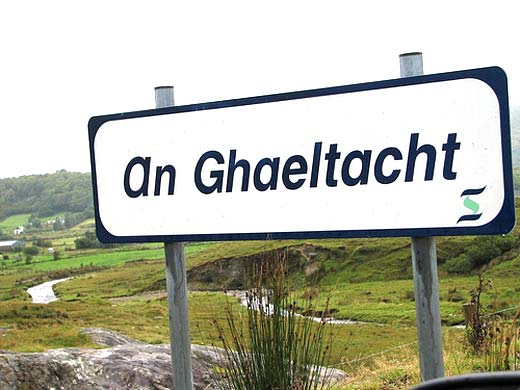
There are estimated to be over 6,500 languages spoken in the world today. Irish is one of the 10 oldest still spoken daily and has the oldest vernacular literature in Europe.
While it’s hard to identify when any language begins and so it is impossible to rank them in terms of age, it is believed that the oldest spoken languages still in use today are
- Irish
- Lithuanian
- Hebrew
- Tamil
- Farsi
- Icelandic
- Macedonian
- Basque
- Finnish
- Georgian
Not only is Irish one one the 10 oldest languages in the world but Europe’s oldest literature in a native language was written in Irish.
Growth of Irish
Irish has been spoke in Ireland for thousands of years. While, like all languages, it has grown and mutated scholars can see the origins of the language long before the Roman empire.
Different stages of the language have been identified;
- Primitive Irish is what was spoken prior to the 5th century. It used Ogham script
- Old Irish came into being around the 5th century and used the Latin alphabet. It began to absorb latin words at that time. For instance the Irish word for Sunday is Domhnach which derives from the Latin Dominica.
- Middle Irish had evolved by the 10th century and was spoken not only in Ireland but also Scotland and the Isle of Man. It is the root for not only modern Irish but also the current Scots Gaelic and Manx.
The language continued to evolve and grow until the Great Famine in the 19th century.
Oldest Vernacular Literature in Europe
When the majority of Europe wrote Latin (or did not write at all) the Irish were stubborn and insisted in writing in their own language.
The earliest writing used a unique alphabet known as Ogham. This was superseded around the 5th century by the Latin Alphabet, though writing continued in the Irish language itself.
Effect Of The Famine
While the English had spent centuries trying to destroy the use of Irish it remained the language of choice for the majority of the population until the Famine.
By the mid-19th century the population of Ireland was 8 million. The majority were Irish speakers and were crowded into the less productive part of the island, mainly in the West. This was the population hit hardest by the Famine.
As a result of the immediate loss of native speakers, the destruction of communities and the need to interact with the British state the use of Irish dropped dramatically.
Influence
While Irish is the root of modern Scots Gaelic and Manx its greatest modern influence is on English literature. Much of Irish idiom and phrasing was translated directly into English and still influences modern speech (“I’m after falling down the stairs”).
This in turn influenced the great literature of James Joyce, W.B. Yeats and the other Irish writers.

